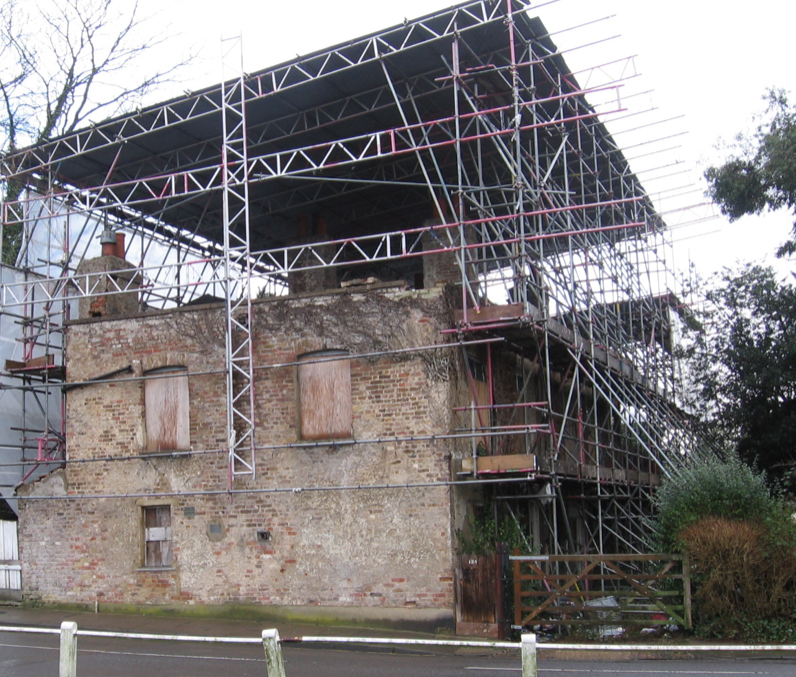Post
REPORT | Saving London's Heritage
22 May 2018
15 May saw the Society meet at Pilbrow and Partners to hear Rebecca Barrett, Principal Adviser of the London Heritage at Risk team at Historic England talk about some of London’s most interesting and unusual sites at risk. Ian Morrison reports.
The event was introduced by Fred Pilbrow of the practice, who described some of the work his firm is doing with heritage sites (including 8 Albert Embankment; the Wren church of St. Mary Somerset; and the old EMD cinema in Walthamstow) before handing over to Rebecca Barrett.
Rebecca heads the team at Historic England which produces the annual Heritage at Risk (HAR) Register. This gives priority to sites (mainly residential buildings and places of worship but also monuments, parks, public buildings, gardens and cemeteries) at risk of falling into serious neglect and disrepair. The causes can range from one-off events such as a fire to functional redundancy through to lack of maintenance.
This year is the 20th anniversary of the register. The current version (2017) contains 5290 assets, which is 97 fewer than in 2016. There is a lot of churn as new ones come on and repair or restoration enables others to be removed. There are still 450 from the first register in 1998. The aim is to see an annual net reduction.
In London there are 683 sites on the register, 479 of them buildings. These range from monuments in Kensal Rise and Abney Park cemeteries, to Broomfield House Enfield, the old West Ham court house and 94 Piccadilly, a once prestigious location.
The team is a small one – six in all – including architects and project officers. Given the range and scale of challenges represented by the list, the team’s role is one of facilitation, working in partnership and providing advice and support.
HAR raises awareness with its publications, including Risky Business, ten case studies demonstrating the benefits of restoration, from economic to health and well-being, aimed at developers and local authorities. Sites at risk are also correlated with indices of deprivation. The London Plan recognises the role of HAR in regeneration and place-making. Another publication – Stopping the Rot – helps to build confidence and capacity with local authorities to use enforcement powers effectively. The HAR has a budget of £1m a year for London. This is used to focus on early development work to get something started, e.g. for a larger HLF bid, or to help release matched funding from local authorities. Recent work has included projects in Abney Park cemetery, restoration of the 19th century sphinxes in Crystal Palace Park and refurbishment of the Calgary Baptist church in Poplar. Notable recent successes, which have come off the register, include the Temperate House at Kew gardens, the Abney Park pedestal, and Swancombe Lodge in Twickenham, which was designed by JMW Turner.
Rebecca finished by urging us to get involved. We can flag vulnerable sites and nominate projects and people for the Angel Awards.
